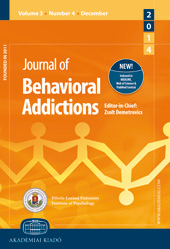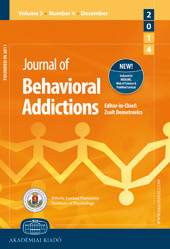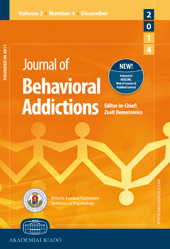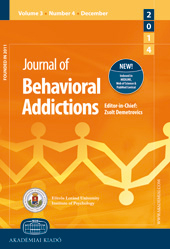
Maladaptive Perfectionism as Mediator Among Psychological Control, Eating Disorders, and Exercise Dependence Symptoms in Habitual Exerciser
The current study examined the mediating role of maladaptive perfectionism among parental psychological control, eating disorder symptoms, and exercise dependence symptoms by gender in habitual exercisers. Methods: Participants were 348 Italian exercisers (n = 178 men and n = 170 women; M age = 20.57, SD = 1.13) who completed self-report questionnaires assessing their parental psychological control, maladaptive perfectionism, eating disorder symptoms, and exercise dependence symptoms. Results: Results of the present study confirmed the mediating role of maladaptive perfectionism for eating disorder and exercise dependence symptoms for the male and female exercisers in the maternal data. In the paternal data, maladaptive perfectionism mediated the relationships between paternal psychological control and eating disorder and exercise dependence symptoms as full mediator for female participants and as partial mediator for male participants. Discussion: Findings of the present study suggest that it may be beneficial to consider dimensions of maladaptive perfectionism and parental psychological control when studying eating disorder and exercise dependence symptoms in habitual exerciser.
More...


